Sitting for long periods, having a bad posture, or lifting things can cause lower back pain in truck drivers.
A study in Public Health found that professional drivers, including 52% of truck drivers worldwide, are more likely to suffer from lower back pain. Other risk factors include age, previous back injuries, and how long you drive without taking breaks.
In addition to lower back pain, drivers often experience sore shoulders, neck pain, stiff lower back muscles, and trouble moving. The good news is that you can ease these symptoms and stay fit with a few simple stretches. The North American Spine Society (NASS), which focuses on spine health, suggests stretches for lower back pain. These easy stretches can be done inside a truck cab, and you can use items like cans as weights.
Nineteen stretches for lower back pain
While we discussed back pain being a common issue, especially for truck drivers, regular stretching can help relieve pain, improve flexibility, and prevent further discomfort.
Here are 19 simple stretches that can lower back pain, and increase circulation.
-
Ball rotation stretch
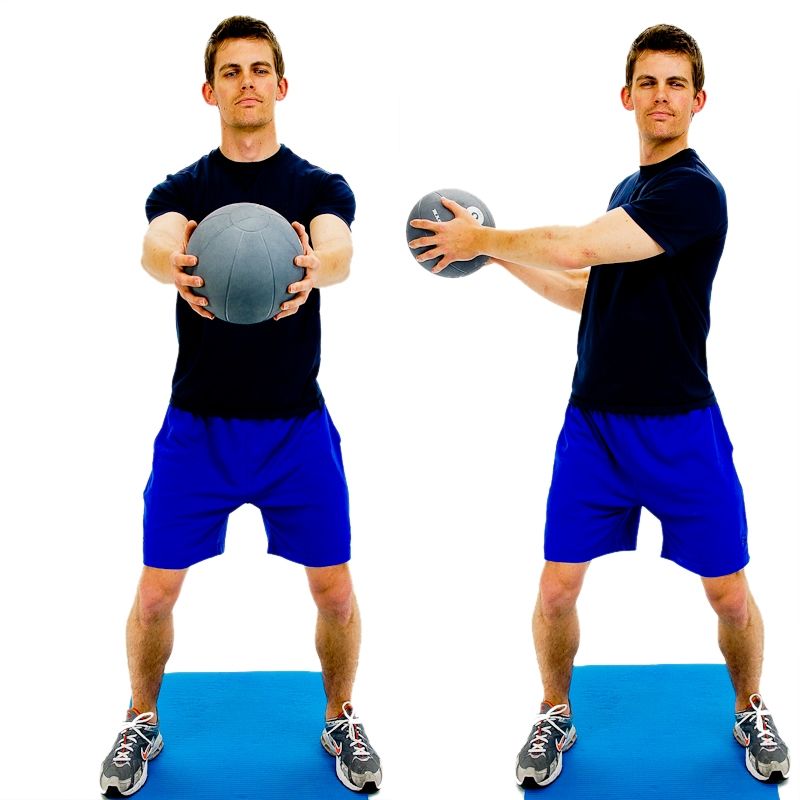
Source: pinterest
This exercise focuses on strengthening the muscles that run from your ribs across your waist, helping you maintain an upright posture.
Stand with your feet shoulder-width apart to perform this stretch, and slightly turn your toes inward. Hold a ball directly before you, keeping your abdominal muscles tight and your feet flat on the floor.
Rotate your upper body from side to side, making sure your lower body remains stable.
Repeat this ten times.
-
Front stretches
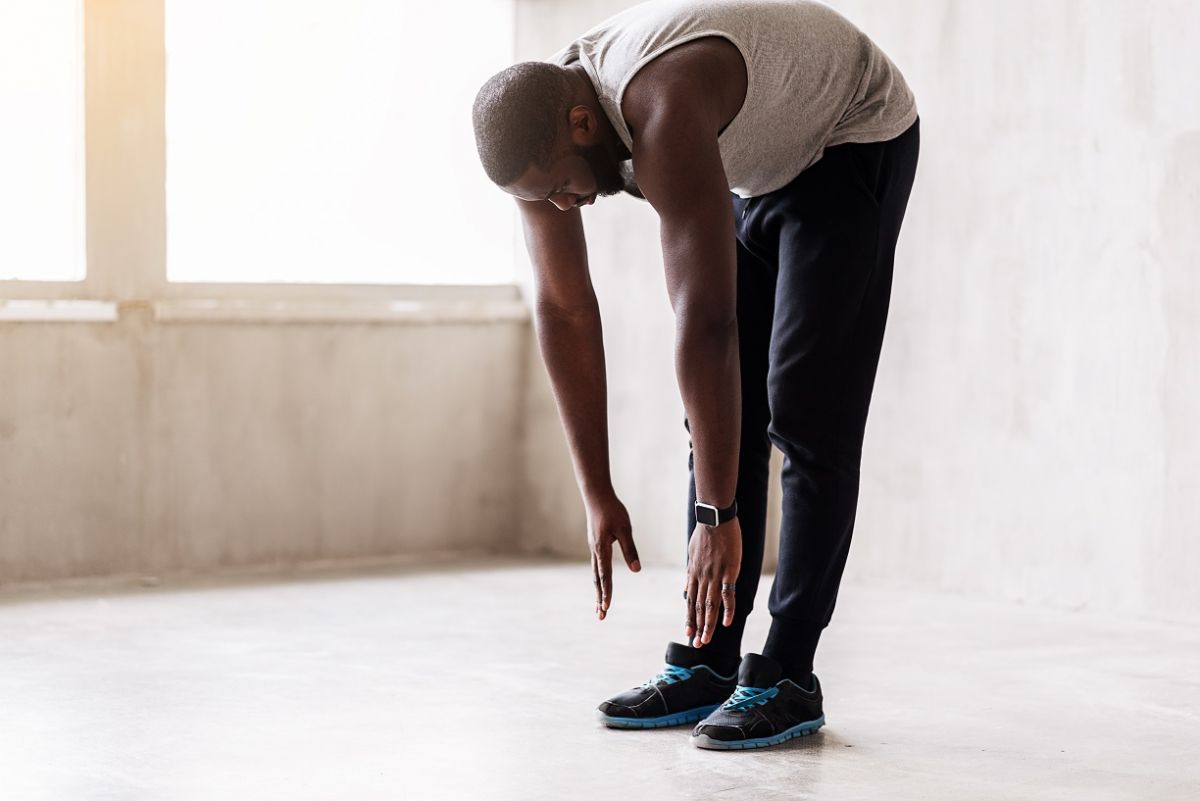
Source: lifemark.ca
Front stretches for lower back pain relieve your hamstrings and increase blood flow to your legs.
Start by taking your hands down and pushing your hips backward. As you do this, lean your upper body, tilting it toward the floor. Keep your head and back straight throughout the movement. Hold this position for up to 10 seconds, then return to standing.
Do this four to five times, focusing on the stretch in your hamstrings and the increased circulation in your legs.
-
Knee-to-chest stretch
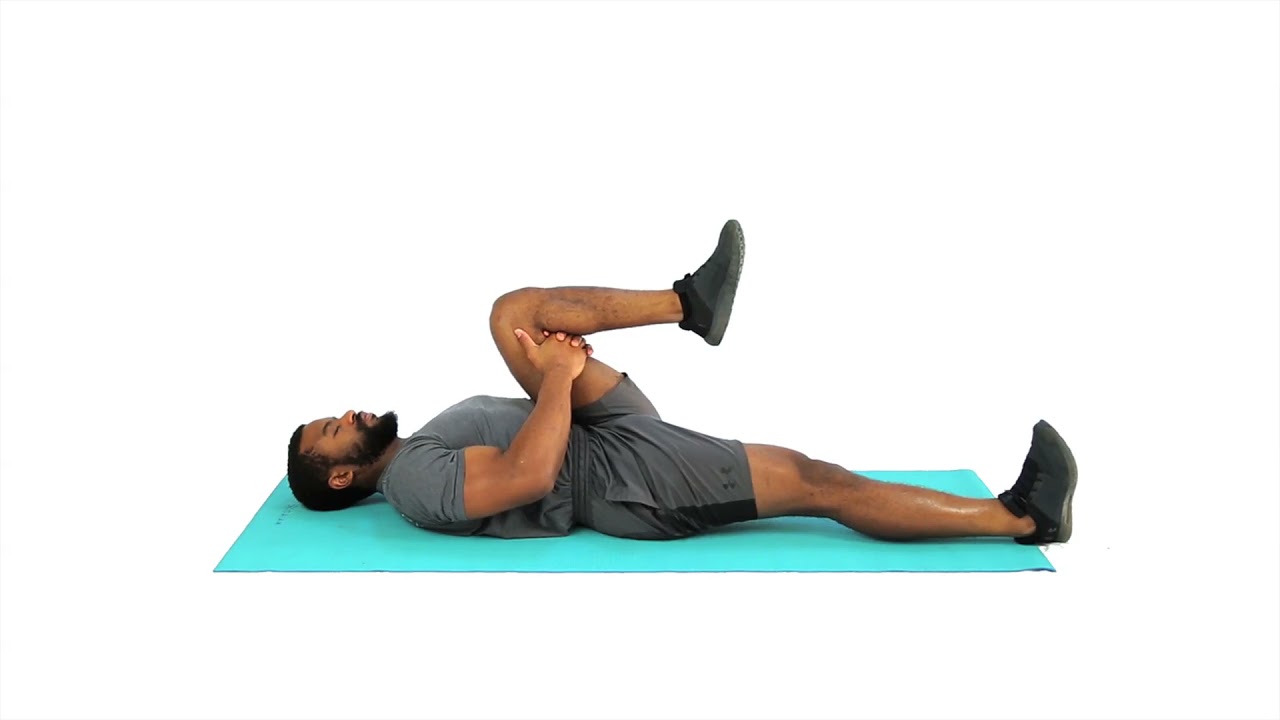
Source: Origym Personal Trainer Courses
The knee-to-chest stretch is an effective way to ease lower back pain and stretch your lower back muscles.
To do this stretch, lie on your back with your knees bent and your feet flat on the floor. Pull one knee up toward your chest, using your hands to press it in gently. Tighten your abdominal muscles as you hold the position for five seconds.
Then, return to the starting position and repeat the stretch with the other leg. For a deeper stretch, pull both knees toward your chest simultaneously. If possible, you should complete two to three reps of this stretch in the morning and evening.
-
Wall slide stretch
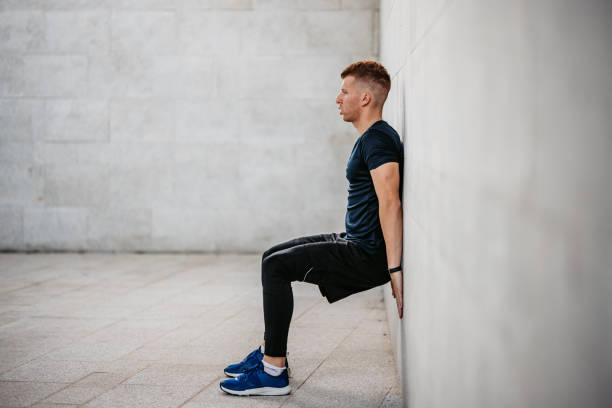
Source: iStock
This stretch targets the lower back muscles that support you when standing and lifting.
To do this stretch, stand with your feet shoulder-width apart, about 18 inches in front of a wall, with your back facing the wall. Tighten your abdominal muscles and reach through your legs to touch the wall behind you, keeping your hips and knees bent. Use your hips to push your body back to standing, then extend your arms over your head and slightly backward.
Repeat this exercise ten times to strengthen your lower back muscles.
-
Lower back rotational stretch
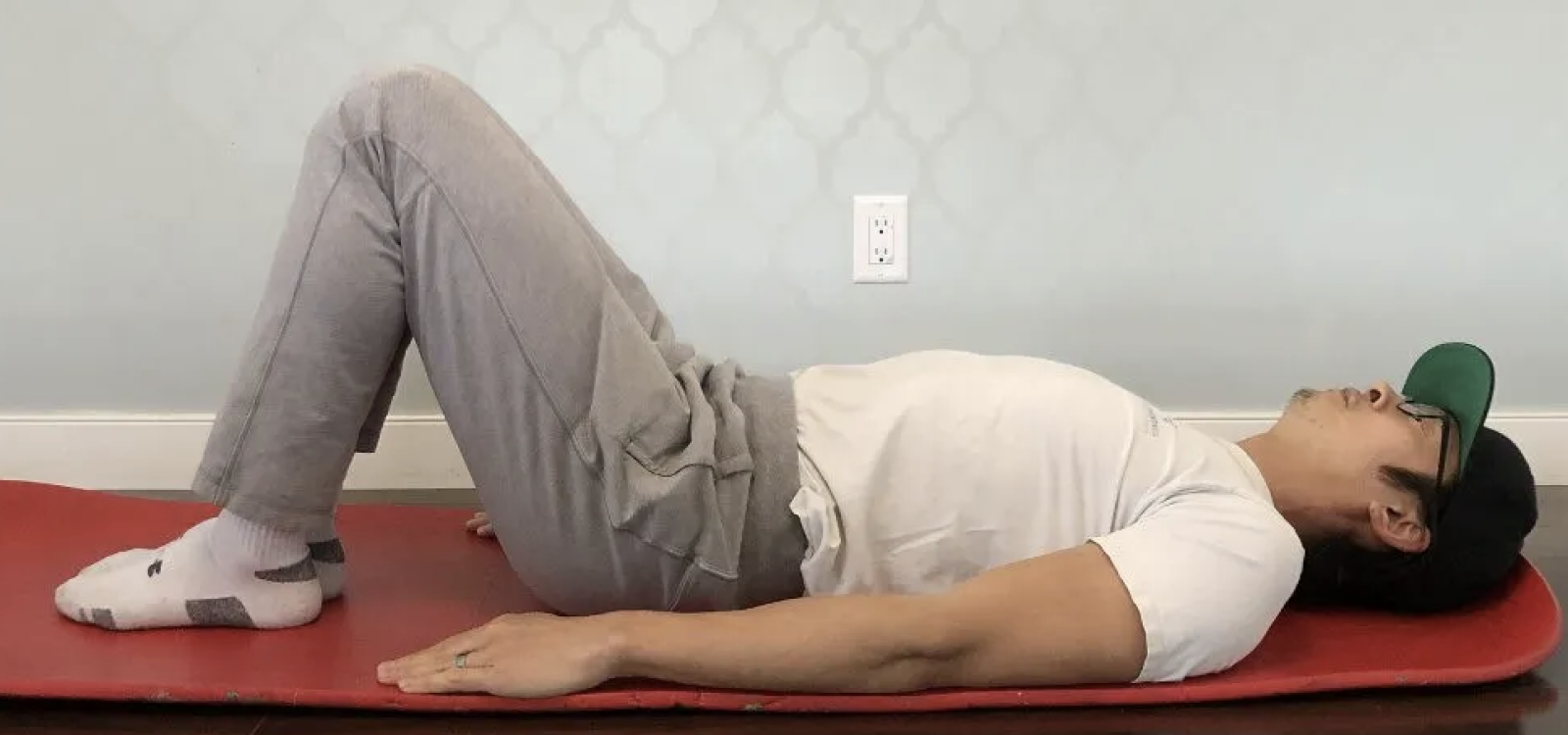
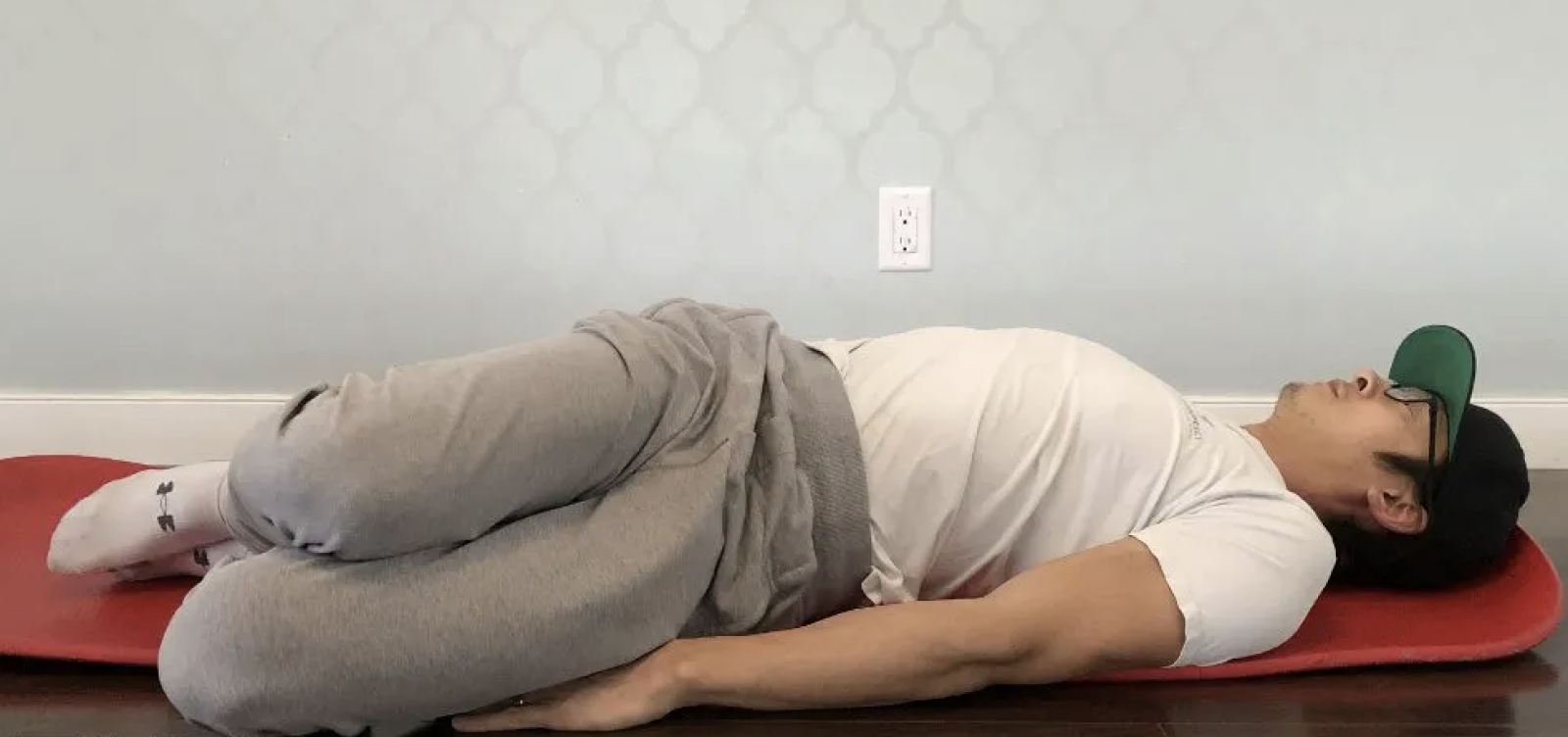
Source: jccstl
This has been rated as one the of best stretches for lower back pain among patients.
Start by lying on your back with your knees bent and feet flat on the floor. Keep your shoulders firmly on the ground as you slowly roll your bent knees to one side.
Hold this position for five to ten seconds before gently returning to the starting position. Then, repeat the movement on the opposite side.
If possible, aim to complete two to three repetitions of this stretch in the morning and evening.
-
Cat stretch
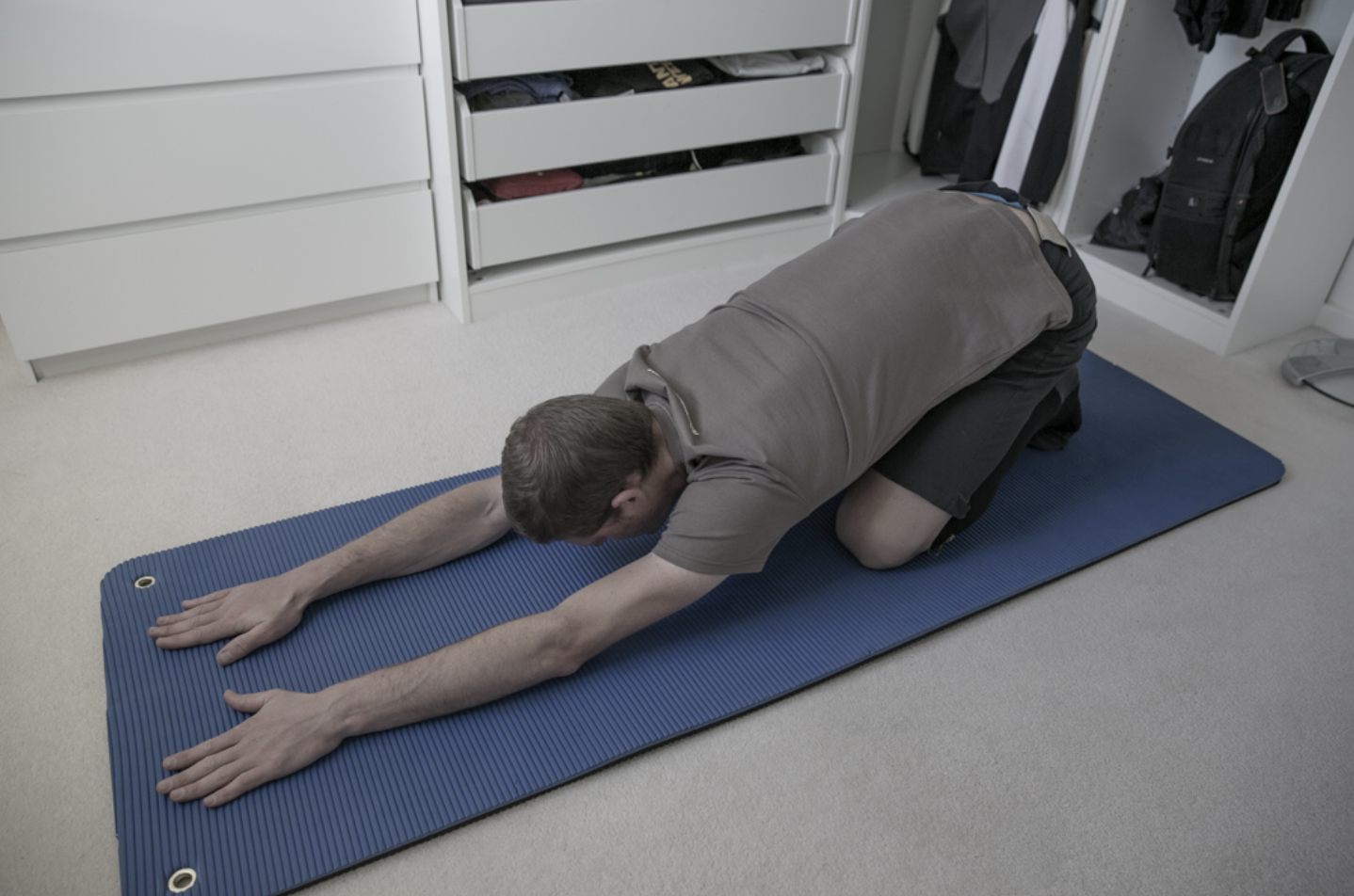
Source: thecolcollective
The cat stretch is a simple and effective exercise for improving flexibility in your back.
Begin by kneeling on your hands and knees, facing the floor. Slowly arch your back, pulling your belly button toward the ceiling while lowering your head. Then, gradually let your belly sag toward the floor as you lift your head. Return to the starting position and repeat the movement.
Doing three to five repetitions of this exercise each day is recommended.
-
The egoscue exercises or “e-cises”
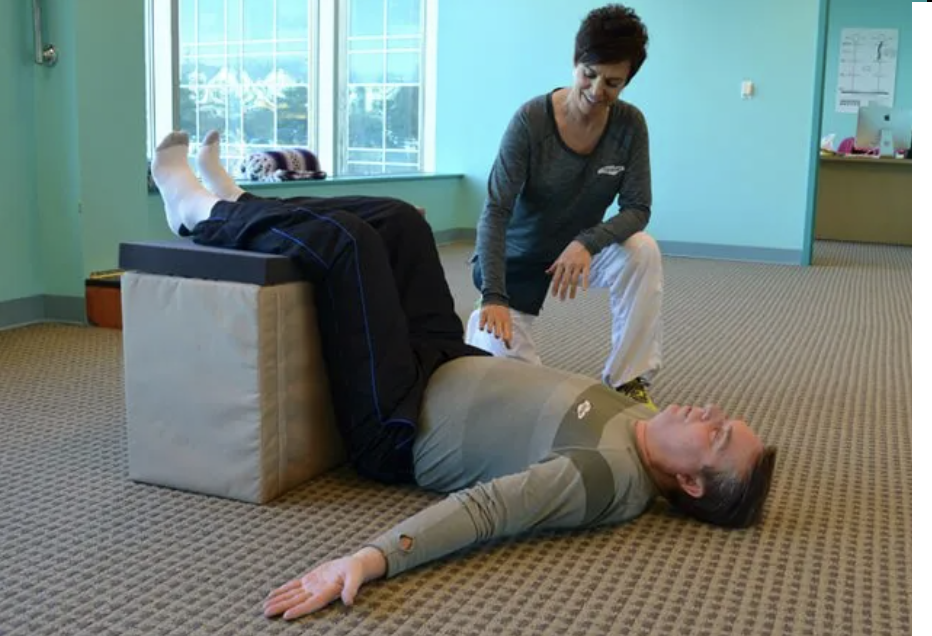
Source: fruit-powered
The egoscue method involves a series of exercises, known as “e-cases,” that should be performed in a specific order. This sequencing is important because some exercises require prior stretching or proper alignment.
-
Static back: This exercise uses gravity to help relax the back and torso muscles. Lie on your back with your legs elevated on an Egoscue box or chair, and place your hands at a 45-degree angle. Hold this position for three minutes.
-
Static back with diaphragmatic breathing: While in the static back position, focus on your breathing. As you inhale, your belly should expand; as you exhale through your nose, your belly should flatten.
-
Abdominal contractions: In the same static back position, take a deep breath, and after exhaling, contract your abdominal muscles for three seconds.
-
Abductor presses: While maintaining the static back posture, use a belt or a knot to hold your legs together at shoulder width. Try to pull your knees apart to counter the resistance. This exercise is designed to strengthen the hip and thigh muscles. It is recommended to perform three sets of 10 repetitions.
-
Overhead extensions: Stand with your feet shoulder-width apart, pointing straight ahead. Pull your head and shoulders back, and roll your hips forward into an extended position. Interlace your fingers and raise your hands towards the sky with your palms facing up. Your arms should be fully extended directly above your head. Lean back slightly, looking at the back of your hands, and hold this posture for 30 seconds.
-
Elbow curls (on a wall): For elbow curls, start by standing with your back against a wall and your feet hip-width apart, pointing straight ahead. Press your head against the wall, keeping your body aligned. This is your starting position: make fists and place your knuckles on your temples with your thumbs pointing down and elbows wide, touching the wall. Slowly bring your elbows together in front of your face, pause, and then return to the fully extended position. Keep your head slightly touching the wall as you do this exercise.
-
Static wall: Lie on your back and place your legs vertically up against a wall, creating a 90-degree angle with your body. Keep your legs and buttocks as close to the wall as possible, with your feet hip-width apart. As an additional variation, you can lift one leg off the wall by about 3 inches while keeping your foot flexed and your thigh engaged. It is recommended to perform 15 repetitions of this exercise.
-
Static extension: Start on your hands and knees, with your hands placed about six inches in front of your shoulders. Align your knees and hands, similar to the Cow pose in yoga, but with your knees positioned further back. Allow your shoulder blades to come together while relaxing your lower back. Lean forward until your shoulders are directly over your hands, and hold this position for 1-2 minutes. Let your head drop forward as you relax, feeling the stretch and alignment in your spine.
-
Upper spinal twist: Lie on your back with your knees bent at a 90-degree angle. Use one arm to hold your knees in position while the other arm stretches out, opening up your chest. Your palms should face upward, as well as the top of your head. Hold this position for three minutes or longer, allowing your shoulders to relax and drop evenly to the floor. Take deep breaths to help your body melt into the posture, keeping your knees aligned side by side.
-
Pelvic tilts: Lie on your back with your knees bent and feet flat on the floor. Position your heels about 12 to 16 inches from your buttocks. Flatten your lower back by rolling your hips forward, then roll your hips back to create an arch under your lower back. Continue these rolling motions for 10 repetitions. Keep your feet and legs still throughout the exercise, inhaling as you roll up and exhaling as you roll down. This exercise is designed to strengthen and release tension in the torso muscles.
-
Supine groin progressive: The supine groin progressive exercise is effective for loosening tight hip flexors. Lie on your back with one leg bent at a 90-degree angle and the other extended out, resting on a 15-pound weight or object like a box or step. Ensure the extended leg's foot is supported to prevent it from sliding outward. Hold this position for at least 10 minutes, then lower the extended leg to about 7 inches from the ground and maintain the position for another 10 minutes. Repeat with the other leg. The goal is to allow your leg muscles to relax and return to their natural position.
-
Air bench: To perform the air bench exercise, stand with your back against a wall and slowly slide down the wall while stepping your feet outwards. Continue sliding until your thighs form a 90-degree angle with the floor as if you are sitting in a chair. Your knees should be hip-width apart and aligned with your ankles, not extending over your toes. This exercise targets your thigh muscles and can be challenging. The ultimate goal is to hold this position for three minutes, but it's important to start slowly, maintain proper form, and gradually increase your hold time. If you experience knee pain, adjust by moving your hips higher up the wall. When finished, shake your legs out to release any tension.
More tips to relieve lower back pain
In addition to these stretches for lower back pain, adopting a few simple habits can help keep you comfortable while driving, allowing you to focus on the road instead of back pain.
-
Practice proper lifting: When lifting objects, use your arms and legs rather than bending at the waist. If you’ve been sitting for a long time, warm up before lifting by doing a light jog and gentle stretches to loosen your muscles.
-
Change positions: Maintaining good posture is essential for staying comfortable in the driver’s seat. Adjust your seat so you can easily reach the steering wheel without stretching or hunching over. Your back, neck, and head should feel fully relaxed.
-
Invest in a seat cushion: Select a cushion with a good ergonomic design for proper support of your head, neck, and back. A well-designed cushion can improve your posture, enhance comfort, and reduce soreness. If you experience sciatica pain, consider adding a lumbar support pillow.
-
Empty your pockets: Believe it or not, keeping items in your pockets while seated can affect your posture. Before driving, remove your wallet, phone, and other small items from your pockets and store them safely.
-
Adjust mirrors: Make sure you can see clearly in your mirrors without leaning forward or backward. This reduces strain on your core and back muscles.
-
Take breaks: Use rest stops to take a short walk and do stretching exercises. This can relieve muscle tension and reduce strain on your back.
Finally, it's wise to carry ice or heat packs, over-the-counter pain relievers, and anti-inflammatory treatments with you in case your back gets sore while on the road.
Keeping your back in check
Due to the nature of their job, which involves long periods of sitting and driving, truck drivers must be particularly vigilant about their health and practice these easy stretches for lower back pain.
Common issues like neck and back pain can arise from extended hours on the road, making it crucial for truckers to address these discomforts promptly.
Ignoring these is not advisable, as they can worsen over time, potentially leading to severe conditions that could take truckers off the road for months or even years.
Long-term back and neck pain can cause significant, lasting injuries. Dedicating a few minutes each day to your posture, movements, or stretches for lower back pain can effectively manage and prevent pain.
Incorporating these simple stretches into your daily routine can significantly reduce tension and improve overall comfort, ensuring you remain healthy and on the road.


